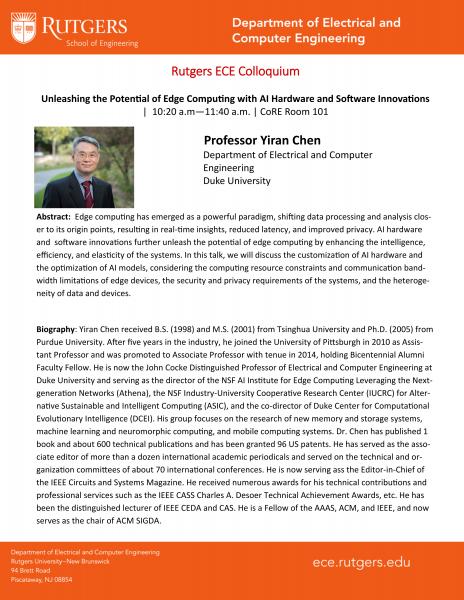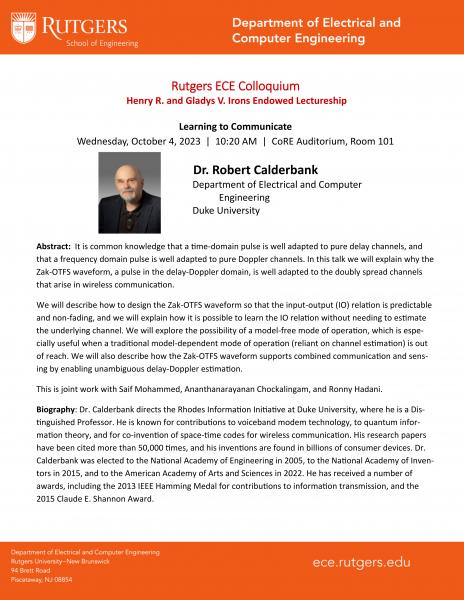Zhuolun Meng is a PhD student in the Department of Electrical and Computer Engineering, working under the supervision of Professor Mehdi Javanmard. His research primarily focuses on biomedical devices, with a specific emphasis on the rapid and accurate detection of coral health status. This is crucial for ensuring the sustainability of coral, as it plays a vital role in various aspects of human life and the environment.
The importance of coral reefs stems from their significant impact on humans and biodiversity. Coral serves as a critical food source for many people around the world. Globally, coral reefs have an annual economic value of $375 billion, and they provide food for over 500 million people across 94 countries and territories. In addition to being food sources, coral reefs also play a crucial role in protecting coastlines. They act as a natural barrier that buffers shorelines from wave action, preventing erosion and safeguarding highly productive wetlands, ports, harbors, and the economies associated with them. Furthermore, coral reefs have a substantial economic impact. For example, tuna fisheries heavily rely on baitfish that originate from coral reefs. In the Maldives, tuna fisheries contribute approximately $43 million per year to the country's GDP. The degradation of coral reefs could have significant implications for tuna fisheries and other economically important sectors.
To address the need for rapid coral health assessment, Zhuolun Meng has developed a toolkit that combines smartphones and analysis test strips. This combination allows for immediate diagnostic results to be obtained in-field. Additionally, he has utilized a device called "nano-well" invented by Dr. Mehdi Javanmard's lab, which provides accurate and quantitative measurements of coral health status without the need for time-consuming laboratory experiments. These advancements enable efficient and effective monitoring of coral reefs in real-time, facilitating timely interventions and conservation efforts.
He obtained his Master's degree from the University of Florida ECE in 2020, prior to pursuing his PhD at Rutgers ECE.
Many thanks to my advisor Dr. Mehdi Javanmard! I cannot be awarded without you!




